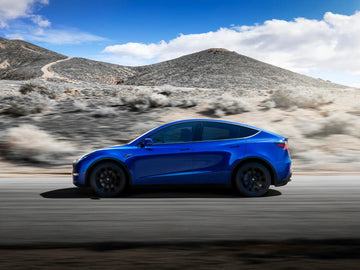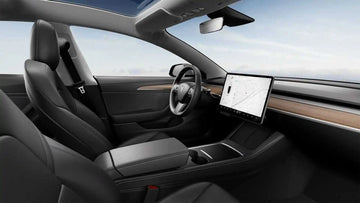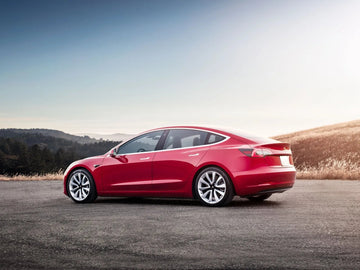The boundary between man and machine is blurring as Tesla Optimus and Neuralink edge closer to a groundbreaking collaboration. With Neuralink's N1 implant undergoing feasibility trials for controlling robotic limbs, the potential for restoring physical freedom to amputees is within reach. In this article, we'll explore the latest developments in this fusion of technology and biology, and what it means for the future of prosthetics and human augmentation.
The CONVOY Study and PRIME Synergy
Neuralink's CONVOY Study, which is set to build upon the ongoing PRIME Study, marks a significant step towards digital and physical freedom restoration. By enabling cross-enrolling of participants, the studies aim to accelerate the development and implementation of the N1 implant, which could potentially connect with Tesla Optimus, offering a new level of control and mobility to those with limb differences.
We’re excited to announce the approval and launch of a new feasibility trial to extend BCI control using the N1 Implant to an investigational assistive robotic arm.
— Neuralink (@neuralink) November 25, 2024
This is an important first step towards restoring not only digital freedom, but also physical freedom. More info…
We’re excited to announce the approval and launch of a new feasibility trial to extend BCI control using the N1 Implant to an investigational assistive robotic arm.
Elon Musk's Vision for Cybernetic Superpowers
In July 2024, Elon Musk outlined a future where individuals with limb loss could control robotic arms or legs through the power of thought, courtesy of Neuralink's N1 implant. This technology could revolutionize the lives of amputees by providing them with a new level of autonomy and capability.
Tesla Optimus: Advancing Humanoid Robotics
Tesla's focus on the final design of the Optimus humanoid robot has resulted in significant advancements. Attention to detail, such as the movement of its fingers, hips, and legs, has been paramount. The team behind Optimus has studied human anatomy to ensure natural movement, with Musk noting that the robot's hands will be upgraded to possess 22 degrees of freedom (DoF), nearly matching the 27 DoF of human hands.
Jim Fan, Sr. Research Manager & Lead of Embodied AI (GEAR Lab) at NVIDIA, commented on the capabilities of Optimus' hands, stating, "Optimus hands are among the best 5-finger, dexterous robot hands in the world." With 11 DoF and tactile sensing, Optimus hands are more advanced than many competitors, offering robust interaction with objects without the need for constant maintenance.
The collaboration between Tesla Optimus and Neuralink represents a giant leap forward in the field of cybernetics. As the N1 implant and Optimus robot advance, we stand on the cusp of a future where physical limitations are transcended, and digital freedom is expanded. The potential for restoring physical freedom and enhancing human capabilities is immense, offering hope and new possibilities to amputees and beyond.
Stay ahead of the curve in the world of robotics and neural technology. Follow our blog for the latest updates on Tesla Optimus and Neuralink's groundbreaking work in cybernetic integration.
Watch Neuralink’s Update from July 2024 below!




















































